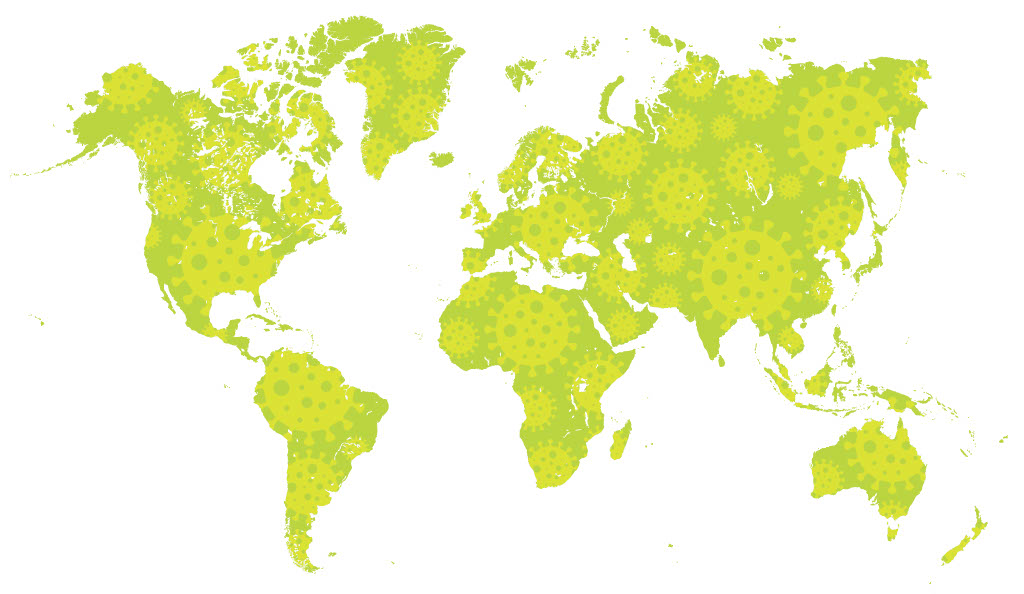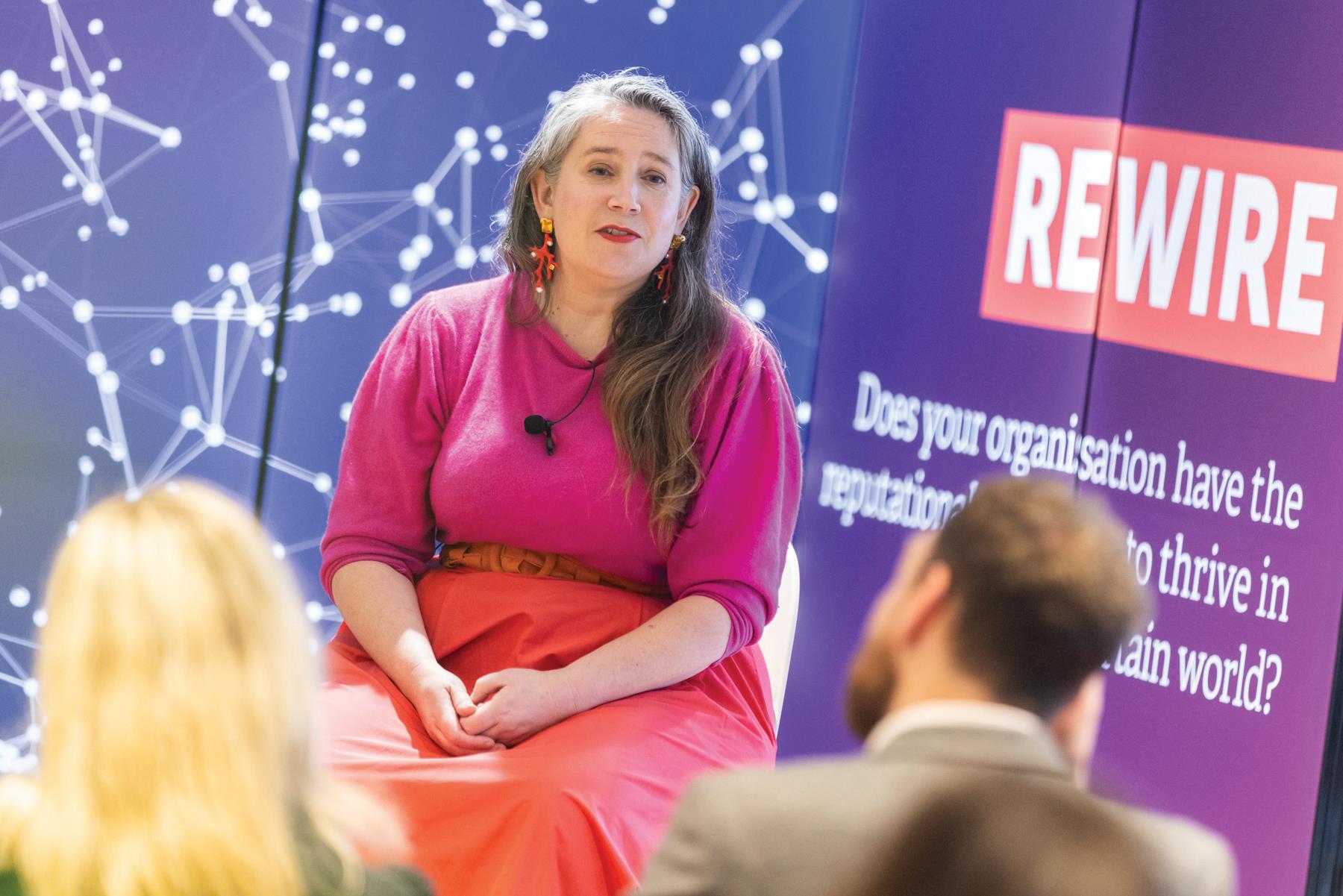“Can you go over to the excel centre? We're opening it as a hospital.”
That phone call is how my day ended on 23 March 2020, hours after lockdown had been declared. Nobody who lived through that night – or the era it opened - will forget it.
I was Head of Media for England’s NHS and that call I received from a colleague was the latest escalation in what had already been a short but intense year, as it became increasingly clear that Covid would turn our world upside down.
Today, the social, economic and public health hangover isn’t even close to being over; Covid continues to define so much about our life, even four years on from that fateful Prime Ministerial address.
Alongside impacts such as financial scarring and lengthy treatment waiting lists, Covid also leaves a legacy of what governments and scientists can do when the pressure is on and jeopardy demands the extraordinary. And for better or worse, the power of communication was a defining part of that.
Comms as the prescription
When the virus first hit, communication was the only tool at policymakers’ disposal. The first vaccination was a year away and any semblance of effective treatment six months. And so, simply speaking to an anxious population was the backbone of public health policy in spring 2020.
In the UK, the Government’s “stay at home, control the virus, protect the NHS” mantra had an immediate and profound effect as cases – and deaths – rose and is a case study in powerful communication having a direct impact on people’s lives.
The visuals from Wuhan and New York – of deserted streets – and from Lombardy and Madrid – of overwhelmed hospitals – were more effective than any planned campaign could ever be, but we still needed domestic messaging and voices. And so, overnight, dry and reserved experts became public figures, whose words from the Downing Street dining room shaped the behaviour of an entire country.
In truth, it was only when we neared the vaccination programme that we found what we needed: yes, a medical breakthrough, but really a story to tell that could inspire an exhausted world. And one that, in truth, is a blueprint for any sort of communication campaign, whatever the challenge.
Clarity of purpose
You need absolute clarity of purpose. Understanding who your intended audience is and what you want them to do when they hear or see your story is crucial.
If you know what you want the world to look like, organising internally becomes straightforward as you have clarity of a shared objective.
Our purpose as an organisation in 2020 was simple – to keep people healthy during the pandemic. So, to support the vaccination campaign, we had to maximise awareness of the delivery of the programme and the simplicity of the ask: how, when and where people could get their vaccine and therefore avoid serious illness.
Make people your story
Next, focus on people.
Human stories are the most powerful tool for most communication challenges, particularly in healthcare. This is why the most successful message delivery vehicle for Covid vaccines was the testimonies of people like Maggie Keenan, the 92-year-old grandmother of four and first person in the world to receive a vaccine: ordinary people that others can relate to who told our story for us.
We amplified the human elements – why the vaccine meant she can now go outside with confidence and how the jab returned her independence. We then ensured we found new and interesting ways to tell the same story: on repeat.
The truism that your message is only landing once people are bored of hearing it, could have been invented for the pandemic. The importance of longstanding public health communications principles – clarity of purpose, compelling story, told repeatedly – was never more true than during Covid.
Lessons for policymakers
In a post-pandemic era, we are now seeing how those years have been responsible for bringing to the mainstream a number of new and emerging trends in communications and healthcare provision.
On the positive side, the longstanding and incremental rise of social channels as a platform enjoyed a boon during the stay-at-home era, with traditional news providers like Sky News turning to TikTok not just to amplify their content but to deliver it.
Less positively, concerns about misinformation rose significantly as the decisions of individual people and communities had a direct and immediate impact on health and policy during periods when the virus was spreading.
Misleading information, whether deliberate or accidental, has always been a feature of public communication, but experiencing a public health crisis at a time of such huge volumes and speed of content sharing, was a challenge for everyone and highlighted the value of clarity and trust.
An unwanted legacy
Four years on from the first lockdown, thankfully and understandably, most people just want to forget about the pandemic and the impact it had on all of us.
For policymakers, communicators and healthcare leaders though, to move on entirely would be a mistake. There are legacy challenges which simply can’t be left behind – economic and health system strain – but there are lessons which could easily be ignored but shouldn’t be. In health care, the importance of disease detection infrastructure, the agility of science-industry-healthcare partnership, and the creativity of R&D, are all a silver lining to the Covid cloud and must be protected and built on, not just ahead of future pandemics but for everyday healthcare.
In communication, what we were reminded of during Covid was how important it is as communicators to understand, define and tell clearly your story. This is not a nice-to-have but a fundamental tool of public policy.
New ways of working born out of necessity
In healthcare, we saw approaches to medicine and science that had been slowly gaining traction, burst into the mainstream.
Medical products developed using messenger RNA – a technique that prompts cells in the body to create a form of virus, rather than introducing a weaker version of the disease as traditional vaccines had worked – were the basis of both the Pfizer and Moderna Covid jabs.
The technology, overnight a topic of mainstream conversation thanks to the pandemic, could potentially revolutionise medicine, offering researchers a platform to develop blueprints for the body to get protected against major diseases including cancer.
Covid also showed that ways of working between the pharmaceutical industry, government and regulators could be agile and effective in ways that would be unthinkable in ‘peace time’.
The development in the UK of a globally successful treatment for Covid happened because regulators, the health service and industry acted fast to adapt the development and approvals processes for medicine.
The redeployment of an existing treatment, dexamethasone, for the new virus, was enabled because all interested parties worked together to review data together in real time before using the existing R&D networks within the NHS and academic organisations to get it to frontline care quickly.
These alternative and novel ways of working when the pressure’s on should provide a blueprint for how we operate in healthcare in calmer times.
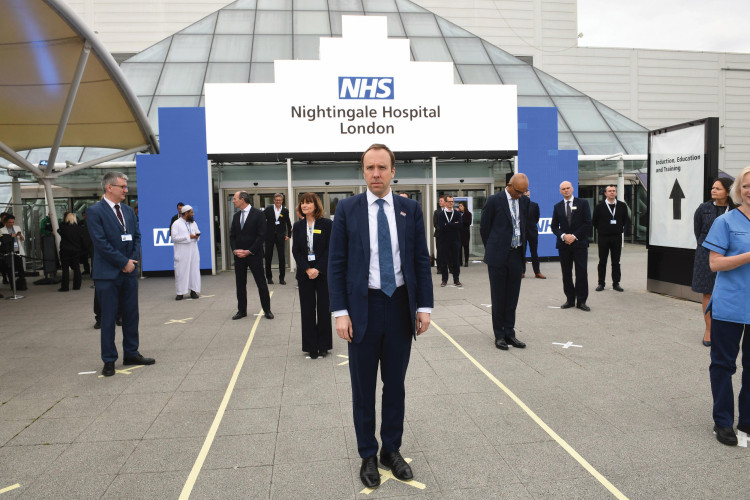

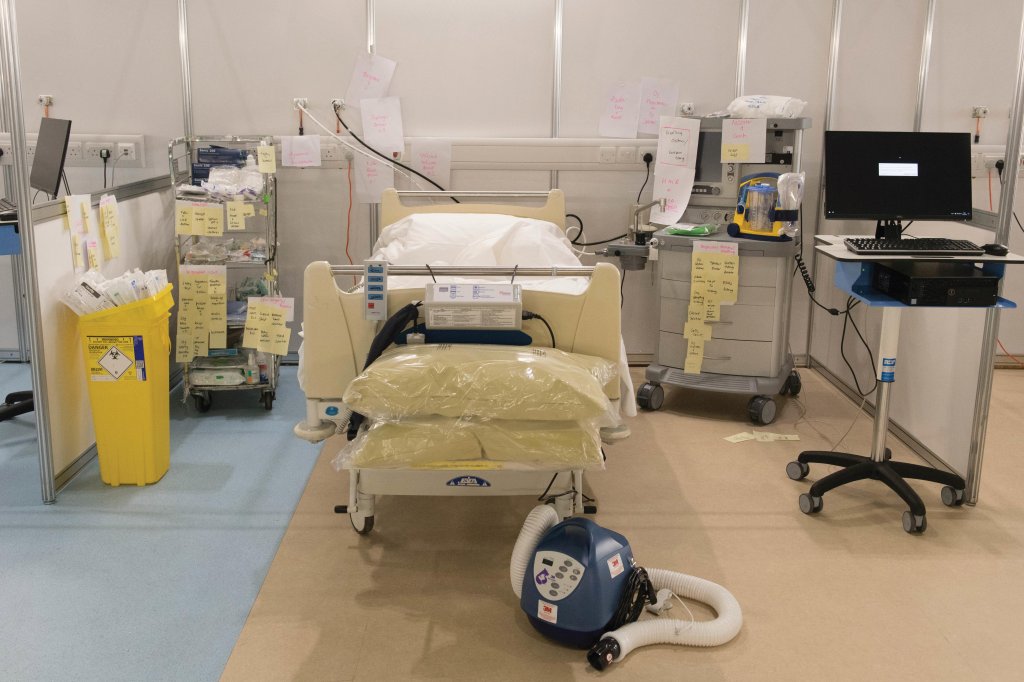
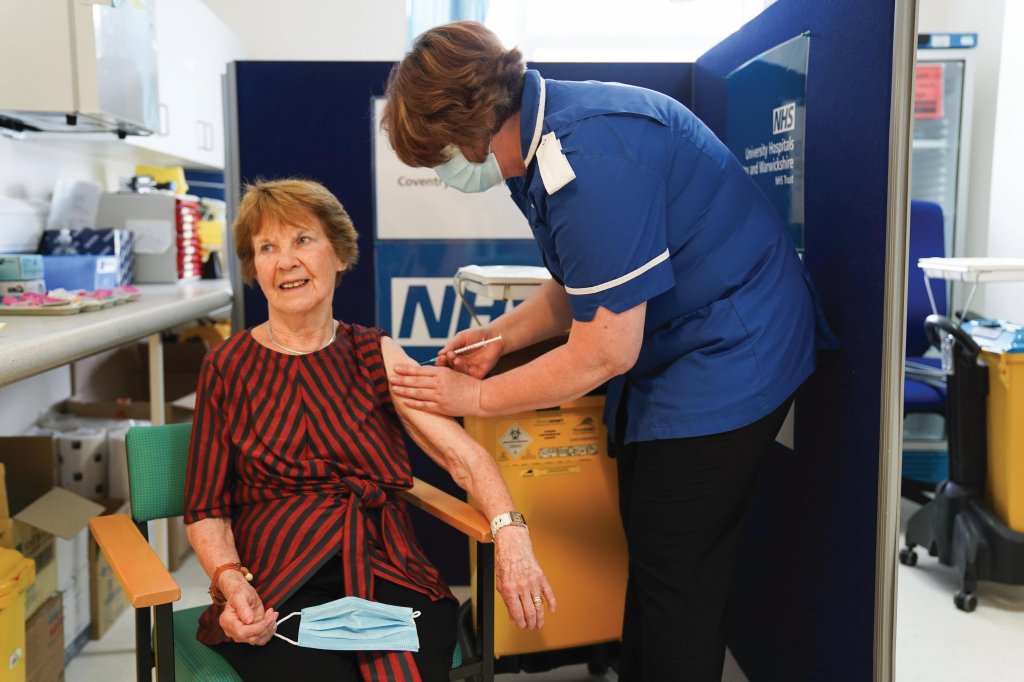
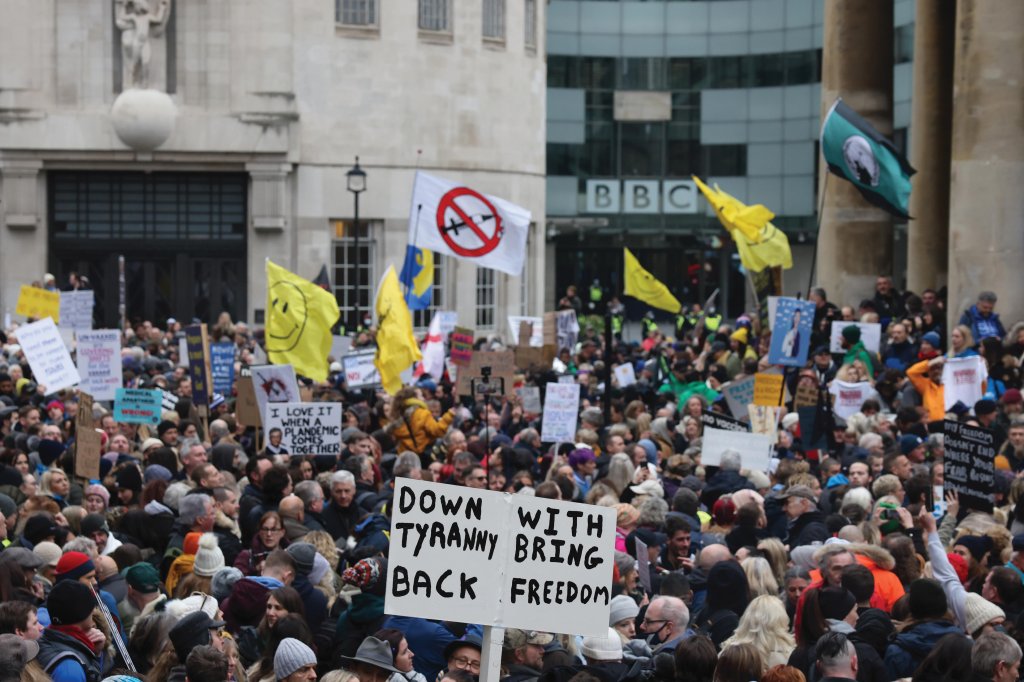

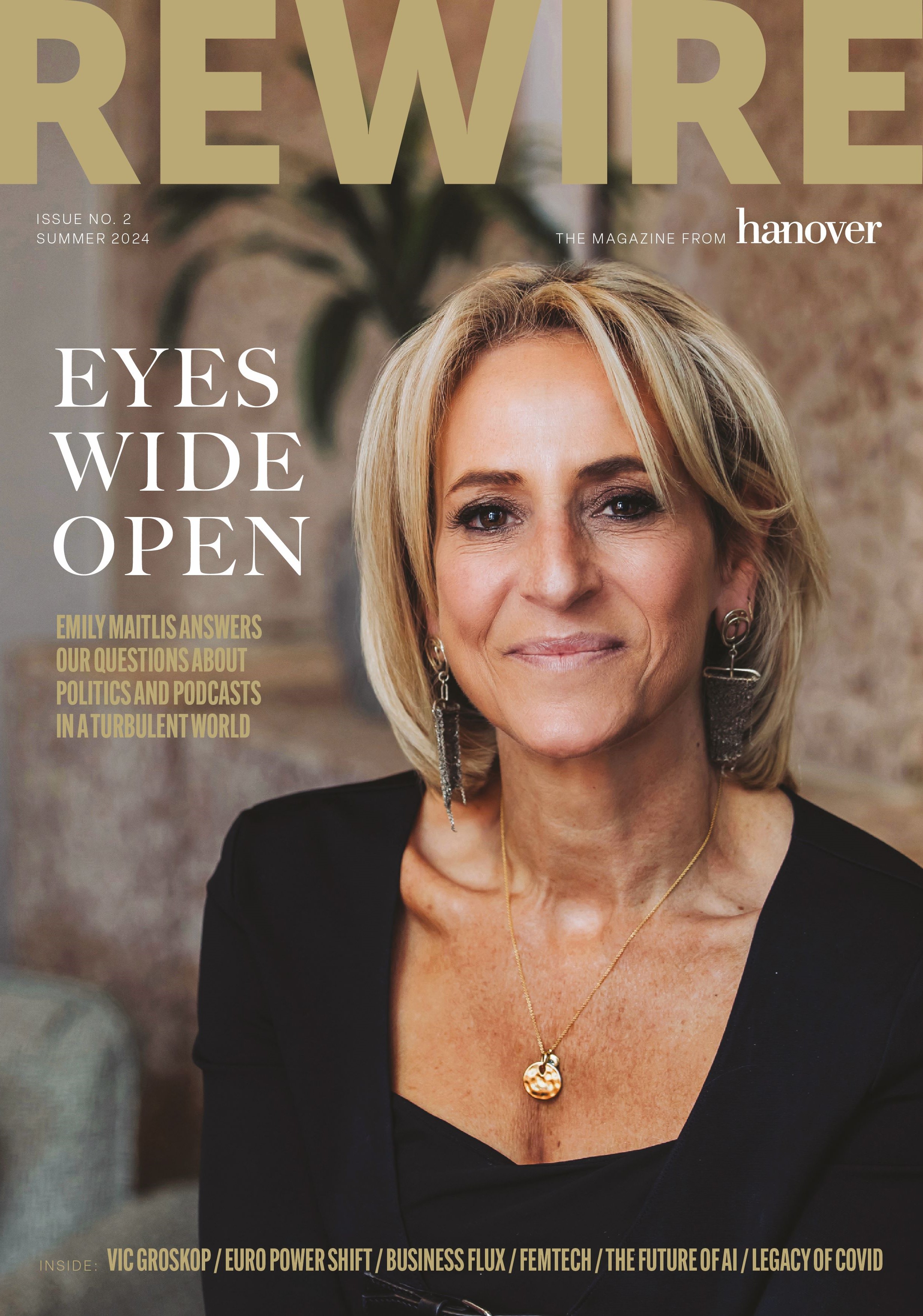
-1721206371.png)
katedarkins-149-1719828715.jpg)
